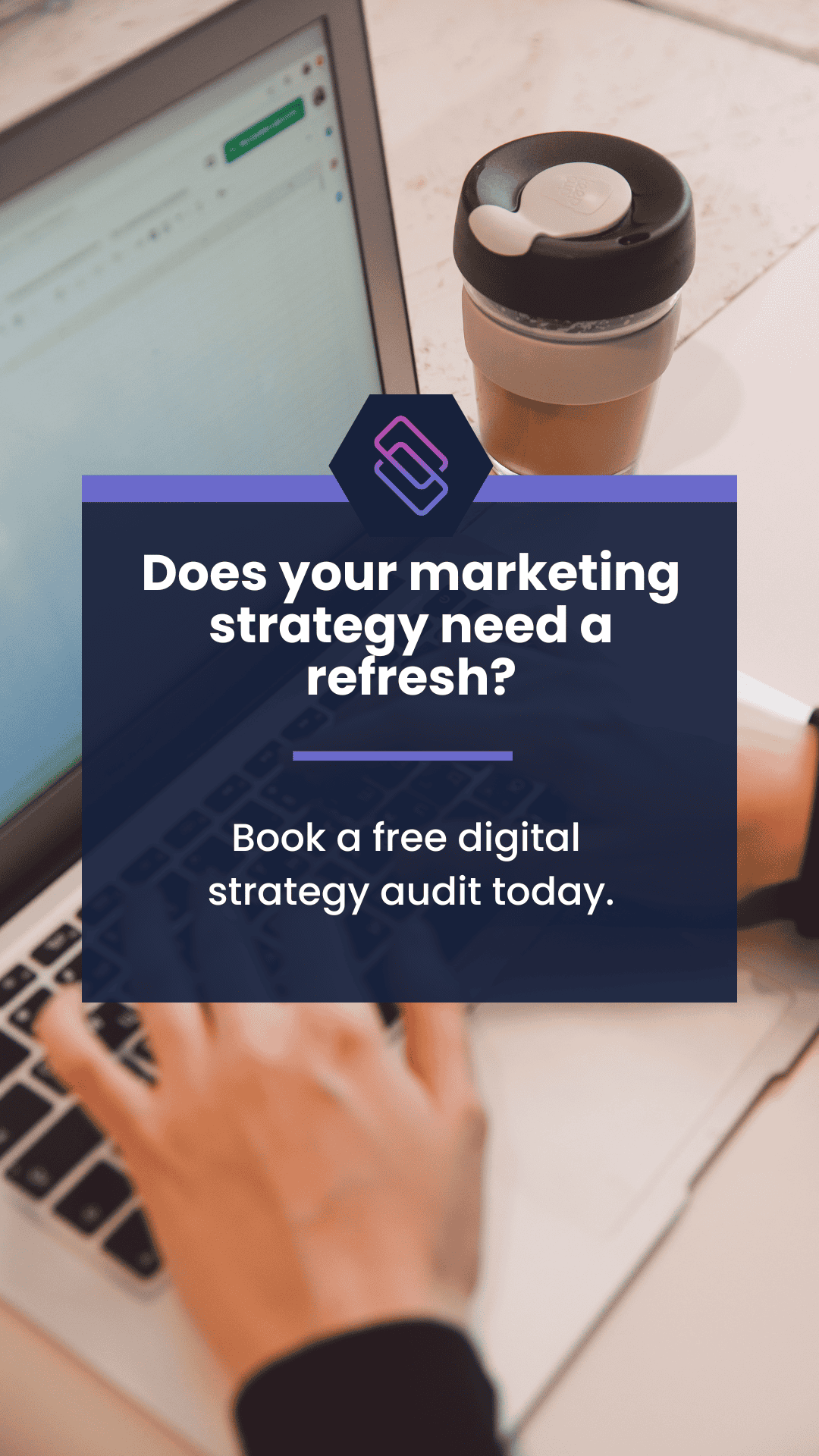Email Marketing Best Practices for Small Business Growth

In the rapidly evolving landscape of digital marketing, email remains a powerful tool for small businesses to engage with customers, build relationships, and drive sales. With a well-crafted email marketing strategy, small businesses can effectively reach their target audience, increase brand awareness, and ultimately boost revenue. In this comprehensive guide, we’ll explore the best practices for email marketing tailored specifically for small businesses looking to maximize growth opportunities.
Why Email Marketing Matters for Small Businesses
Email marketing continues to be a cornerstone of digital marketing strategies for small businesses due to its unparalleled return on investment (ROI) and direct communication capabilities. Here are several compelling reasons why email marketing is crucial for small business growth:
- Cost-Effective: Email marketing is highly cost-effective compared to other marketing channels like social media advertising or print media.
- Targeted Reach: With email marketing, businesses can directly reach customers who have opted in to receive communications, ensuring messages reach a receptive audience.
- Builds Customer Relationships: Emails provide a personalized way to connect with customers, fostering relationships and building trust over time.
- Drives Conversions: Well-designed email campaigns can drive sales and conversions by showcasing products, promotions, and offers directly to interested recipients.
Email Marketing Best Practices for Small Businesses
Implementing effective email marketing strategies requires attention to detail and adherence to industry best practices. Let’s delve into actionable tips that small businesses can leverage to optimize their email campaigns for growth:
1. Build a Quality Email List
A high-quality email list is the foundation of successful email marketing. Focus on growing an engaged subscriber base by:
- Using Opt-In Forms: Place opt-in forms prominently on your website and social media pages.
- Offering Incentives: Provide incentives such as discounts or exclusive content to encourage sign-ups.
- Segmenting Your List: Organize subscribers into segments based on demographics, purchase history, or engagement level for targeted messaging.
2. Craft Compelling Email Content
Engaging content is key to capturing subscribers’ attention and driving action. Keep these tips in mind when creating email content:
- Personalization: Address subscribers by name and tailor content based on their preferences or past interactions.
- Clear Call-to-Action (CTA): Each email should have a clear CTA that prompts readers to take a desired action, such as visiting your website or making a purchase.
- Mobile Optimization: Ensure emails are mobile-friendly, as a significant portion of subscribers will view emails on smartphones or tablets.
3. Focus on Email Design and Layout
Well-designed emails are visually appealing and enhance readability. Follow these design guidelines:
- Use a Clean Layout: Keep the layout uncluttered with ample white space to highlight important elements.
- Branding Consistency: Maintain consistent branding elements (colors, logos, fonts) across all emails to reinforce brand identity.
- Include Visuals: Incorporate eye-catching visuals like images or videos to enhance engagement.

4. Optimize Send Times and Frequency
The timing and frequency of your emails can impact open rates and subscriber engagement. Consider these factors:
- Test Send Times: Experiment with different send times (morning, afternoon, evening) to identify when your audience is most responsive.
- Respect Subscriber Preferences: Allow subscribers to choose email frequency (daily, weekly, monthly) to avoid overwhelming inboxes.
5. Monitor and Analyze Performance
Regularly monitor the performance of your email campaigns to gauge effectiveness and identify areas for improvement:
- Track Key Metrics: Monitor metrics such as open rates, click-through rates, and conversion rates to assess campaign performance.
- A/B Testing: Conduct A/B tests on subject lines, CTAs, or content variations to optimize campaign elements based on data-driven insights.
6. Ensure Compliance with Regulations
Adhere to email marketing regulations such as the CAN-SPAM Act to maintain ethical practices and avoid legal issues:
- Provide Unsubscribe Option: Include a visible and accessible unsubscribe link in all marketing emails.
- Respect Privacy: Safeguard subscriber data and obtain consent before sending marketing communications.
Conclusion
Email marketing remains a potent tool for small businesses seeking to expand their reach, engage customers, and drive sales. By implementing the best practices outlined in this guide—building a quality email list, crafting compelling content, optimizing design and send times, and monitoring performance—small businesses can harness the full potential of email marketing to fuel growth and achieve business objectives.
Remember, successful email marketing requires continual refinement and adaptation to evolving consumer behaviors and industry trends. By staying responsive to audience preferences and leveraging data-driven insights, small businesses can leverage email marketing as a cornerstone of their growth strategy in today’s competitive marketplace. Start implementing these strategies today to unlock the immense potential of email marketing for your small business.

